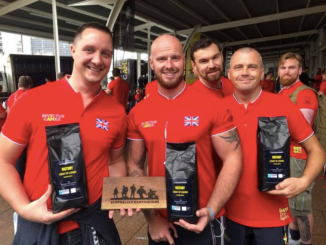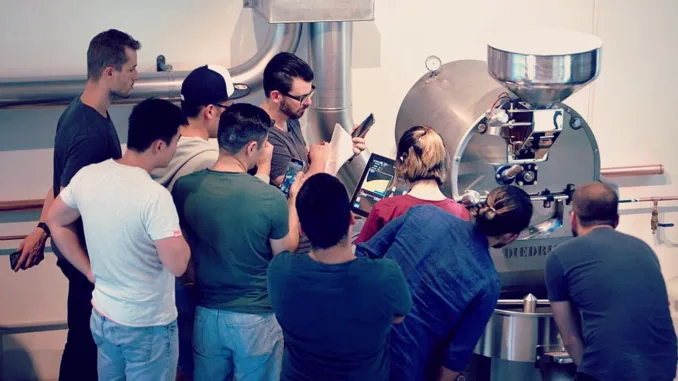
Today, we immerse ourselves in the ever-expanding universe of co-roasting spaces, where shared expertise and collaborative spirit converge.
BY VASILEIA FANARIOTI
SENIOR ONLINE CORRESPONDENT
Featured photo courtesy of Criteria Coffee
In the ever-evolving landscape of independent coffee roasting, a notable trend has emerged: the rise of co-roasting spaces. These shared workspaces have become increasingly popular, offering access to state-of-the-art equipment and a collaborative environment for roasters to hone their craft. Today we’ll delve into the evolution of roasting culture and the dynamics of co-roasting spaces, and hear insights from industry experts who have embraced this innovative approach.
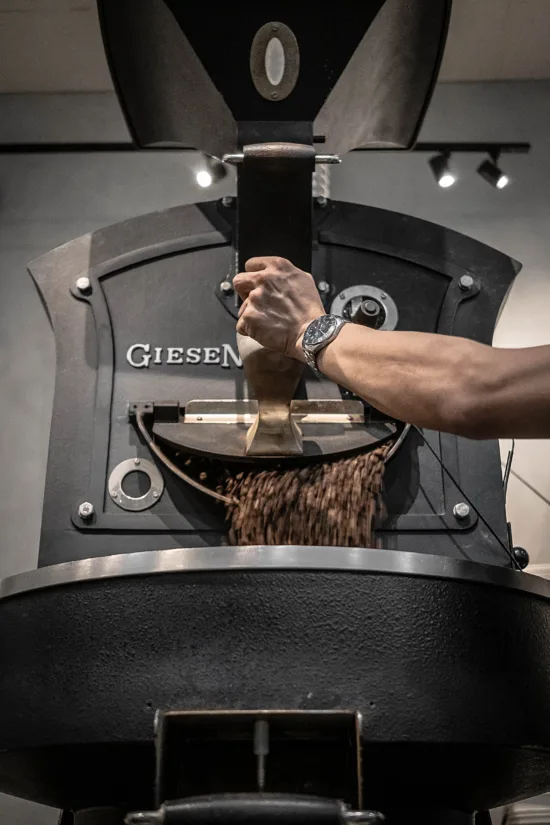
Exploring Co-Roasting Spaces
Independent coffee roasters have long faced challenges, particularly in terms of acquiring the necessary equipment and infrastructure. The advent of co-roasting spaces represents a pivotal moment in addressing these challenges. As small roasters navigated the complexities of establishing their businesses, the need for shared spaces equipped with top-tier roasting equipment became evident.
Co-roasting spaces, defined by their shared infrastructure and collaborative ethos, have become a beacon for small roasters seeking a cost-effective and supportive environment. Co-roasting collectives can be found worldwide: Pulley Collective in California and New York; we roast. in the U.K.; Hanover CoRoasters in Germany; and ECRE Roastery in Australia all provide spaces for small roasters.
These spaces commonly offer access to professional-grade roasters, packaging equipment, and quality-control tools. The advantages extend beyond cost savings, fostering a sense of community and collaboration that is unparalleled in traditional roasting setups.
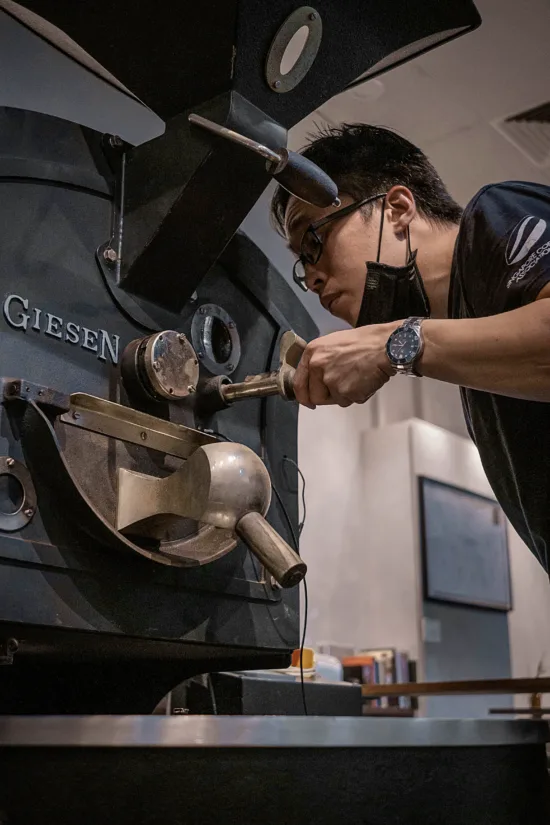
A Philosophy Based on Collaboration
Central to the success of co-roasting spaces is the collaborative environment they cultivate. Beyond access to equipment, roasters in these spaces engage in shared knowledge and skill development. The sense of community allows for a free exchange of ideas, resulting in innovative approaches and the formation of partnerships that extend beyond the co-roasting space.
In the vibrant coffee scene of Singapore, Compound Coffee Co. stands out for its unique approach to collaboration and knowledge-sharing. Established in 2014 on the principle of sharing knowledge and fostering a deep appreciation for the art of coffee, Compound Coffee Co. has positioned itself as a hub for collaboration and mutual growth. The two executive officers, Stefanus and Odelia Goana, emphasize the collaborative nature of their relationships with clients.
“When it comes to partnerships and collaborations, every single client and customer is our valued partner. We are in this together; we see our small coffee-business clients as collaborators. We don’t see them as competitors. In fact, we invite them; we help to promote their coffee during the public cupping and spread the word. We feel happy when our clients get more orders and business,” they say.
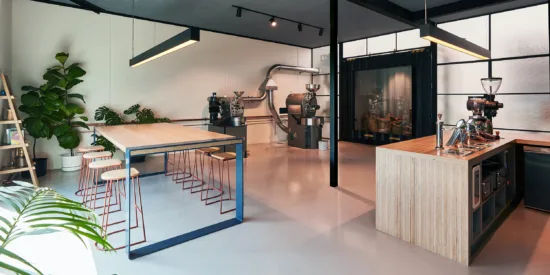
Empowering Autonomy Through Roasting
During my interview with Craig Simon, the founder of Criteria Coffee, a communal roasting space in Melbourne, Australia, we delved into the model that has positioned Criteria Coffee as a hub for coffee professionals and enthusiasts alike. Craig’s vision goes beyond providing a space for roasting; he seeks to cultivate an environment where individuals not only learn the ropes of roasting, but also feel encouraged to share their insights and experiences.
In his own words, “I really want them to understand the process so that they are autonomous when they roast again, experiment, and develop their own style. Plus, I really enjoy seeing how much enjoyment everyone is getting out of it. How good they are at roasting. It’s really rewarding for me to come in there and see the community thriving.“
This collaborative approach aligns with the broader trend in the coffee industry, where shared learning enhances the overall quality and diversity of the craft. Beyond the day-to-day operations of roasting, Craig described the events hosted at Criteria Coffee, ranging from cuppings to workshops and competitions. Craig shares, “We host events for visiting coffee farmers. We’ve had coffee producers come through and give talks. Criteria is a bit of a meeting place.“
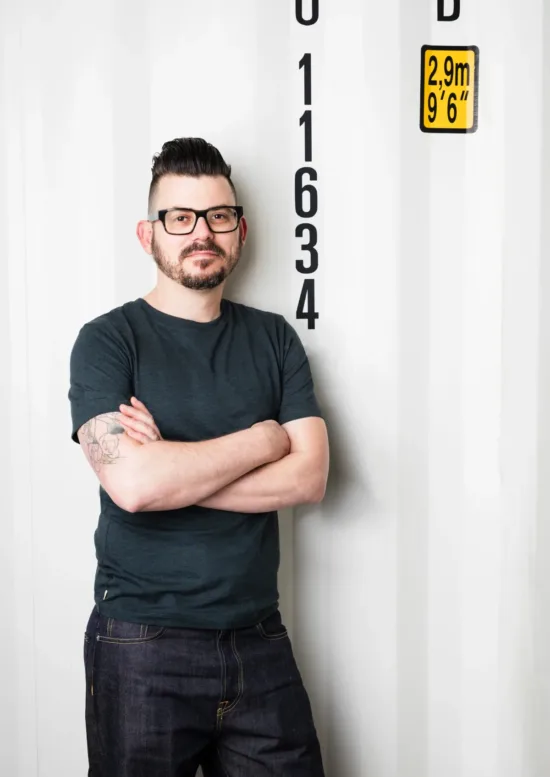
Redefining the Roasting Landscape
In summary, the co-roasting phenomenon is transforming the independent coffee-roasting scene, offering an alternative that goes beyond shared equipment. The collaborative environment fosters innovation, community, and skill development, creating a ripple effect that extends far beyond the walls of co-roasting spaces.
As we navigate the future of coffee roasting, embracing innovative models like co-roasting spaces will undoubtedly contribute to a richer and more vibrant coffee industry. Personally, I look forward to the continued evolution of independent roasting, fueled by collaboration and a shared passion for exceptional coffee.
ABOUT THE AUTHOR
Vasileia Fanarioti (she/her) is a senior online correspondent for Barista Magazine and a freelance copywriter and editor with a primary focus on the coffee niche. She has also been a volunteer copywriter for the I’M NOT A BARISTA NPO, providing content to help educate people about baristas and their work. You can follow her adventures at thewanderingbean.net.
Subscribe and More!
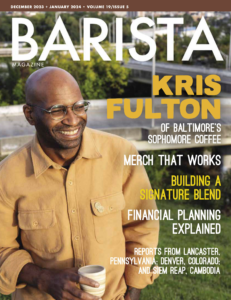
Out now: It’s the December 2023 + January 2024 issue! Read it for free with our digital edition. And for more than three years’ worth of issues, visit our digital edition archives here.
You can order a hard copy of the magazine through our online store here, or start a subscription for one year or two.




